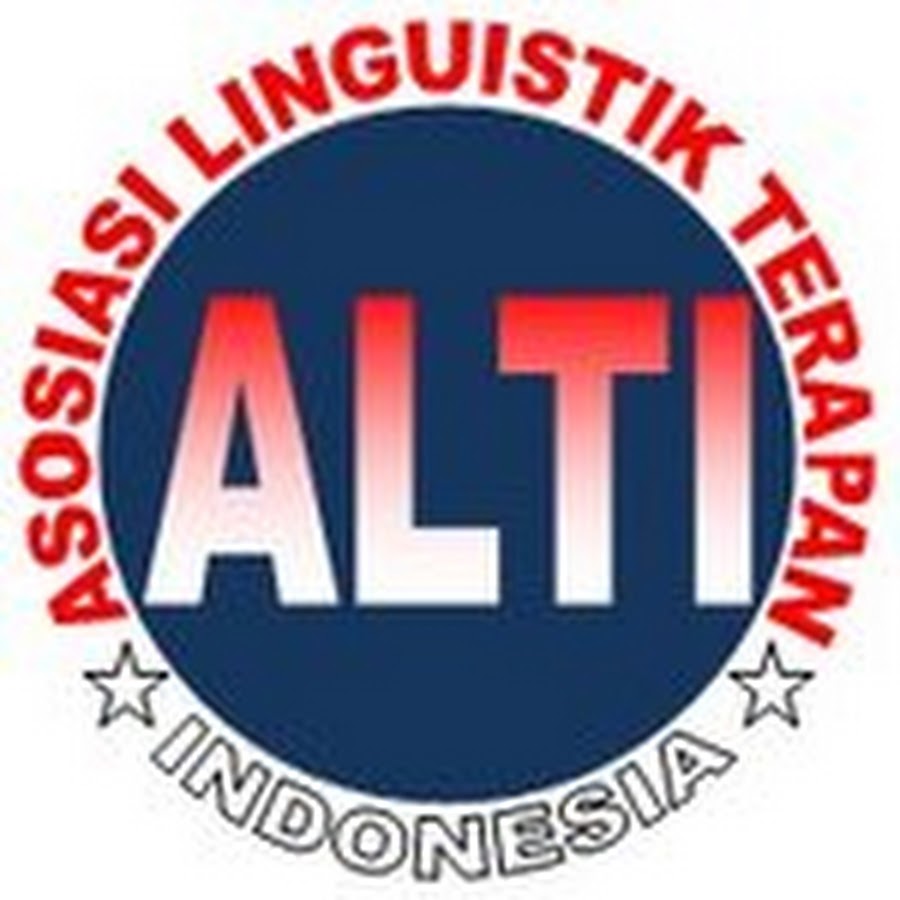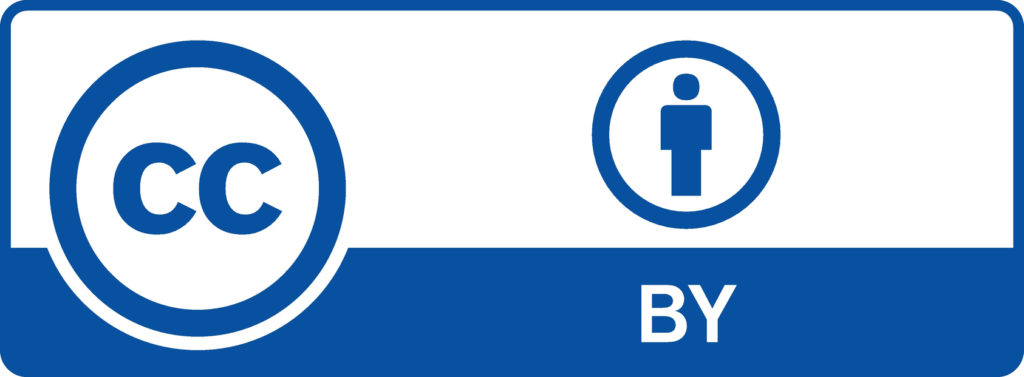Exploring Animation Film Media for Better Writing Ability in Indonesian Higher Education EFL Context
DOI:
https://doi.org/10.33096/tamaddun.v20i2.131Keywords:
Animation Film, Narrative Text, Writing AbilityAbstract
This research was oriented by the low ability of students in writing narrative text. For that we need the latest media that can increase students' creativity in thinking in the current technology era so that their writing ability can be better, one of that is animation film. The purpose of this study was to determine the extent to which animated film can make students 'writing ability better and what aspects influence the students' ability to write narrative text through the use of animated film. This research is a Classroom Action Research (CAR) which was conducted third semester students of English education Program in STKIP Muhammadiyah Sungai Penuh. The research was conducted in two cycles, the instruments used were writing tests and observation sheets. The results showed that the students' ability in writing showed significant results in the second cycle with an average of 78.9. From the research, it was also obtained four aspects that affect the improvement of students' writing ability, namely classroom management, classroom activities, learning methods, and material aspects.
References
Aditiya, M. D. (2018). The Use of Animated Film to Improve. ADJES (Ahmad Dahlan Journal of English Studies), 103-112.
Anderson, M., & K., A. (2003). Text Types in English 3. London: Macmillan.
Devi, V. A. (2005). Using animation for teaching phrasal verbs: A brief Indian experiment. Language In India
Ginting, K. V., Syafitri, D., Nehe, C. R., Manullang, N. P., & NintaTarigan, S. (2019). Improving Students’ Skill in Writing Narrative Text through Animation Movie. Linguistic, English Education and Art (LEEA) Journal, 230-237.
Glazier, T. (1994). The Least You Should Know about English Writing Skills. USA: Harcourt Brace College Publishers.
Harmer, J. (1992). The Practice of English Language Teaching. London: Longman.
Hawkins, L., & Davidson, M. (2005). Animations: Engaging English, Literacy, Media and Art Curriculum Outcome. Journal of Arts, Science & Commerce.
Kayaoǧlu, M., N., D. A., & Öztürk, Z. (2011). A small scale experimental study: Using animations to learn vocabulary. Turkish Online Journal of Educational Technology, 24-30.
Mayer, R. E., & Moreno, R. (2002). Animation as an aid to multimedia learning. Educational Psychology Review, 87-99.
Montessari, M., & Indrawadi, J. (2006). Buku Ajar; Kurikulum dan Bahan Ajar. Padang: UNP Press.
Nagin, C., & Project, N. W. (2006). Because writing matters. Sanfransisco: ohn Wiley & Sons, Inc.
Salikin, H., & Tahir, S. Z. (2017). The Social Media-Based Approach in Teaching Writing at Jember. International Journal of English Linguistics, 1-12.
Susilawati, F. (2017). Teaching Writing of Narrative Text. Journal of English and Education, 103-111.
Wieland, J. A. (2009). A Role for Film in Writing Pedagogy (Master’s thesis). USA: Indiana University.
Zaswita, H., & Ihsan, R. (2019). he Effectiveness of Pairwork Activities Technique on Writing Ability of Students in Vocational School. Indonesian TESOL Journal, 53-60.
Downloads
Published
Issue
Section
License
Authors who publish with Tamaddun journal agree to the following terms:
1. Authors retain the copyright and grant Tamaddun the right of first publication. The work will be licensed under a Creative Commons Attribution License (CC BY 4.0), which permits others to share the work with proper acknowledgment of the authorship and initial publication in this journal.
2. Authors may enter into additional non-exclusive agreements for the distribution of the published version of their work (e.g., posting it to an institutional repository or including it in a book), provided that the initial publication in this journal is acknowledged.
3. Authors are encouraged to post their work online (e.g., in institutional repositories or on their personal websites) before and during the submission process. This can lead to productive exchanges and increase the visibility and citation of the published work.






